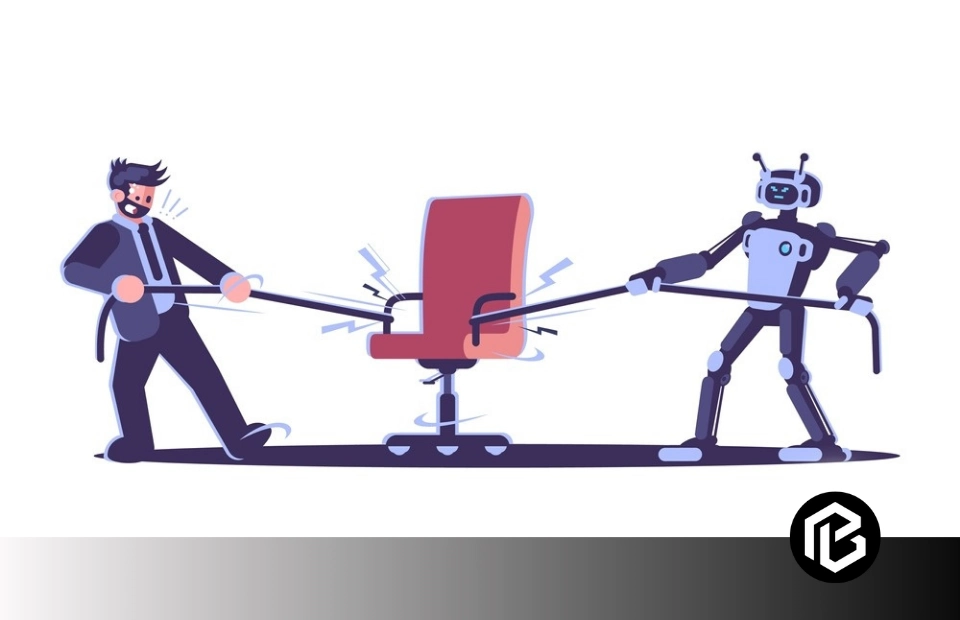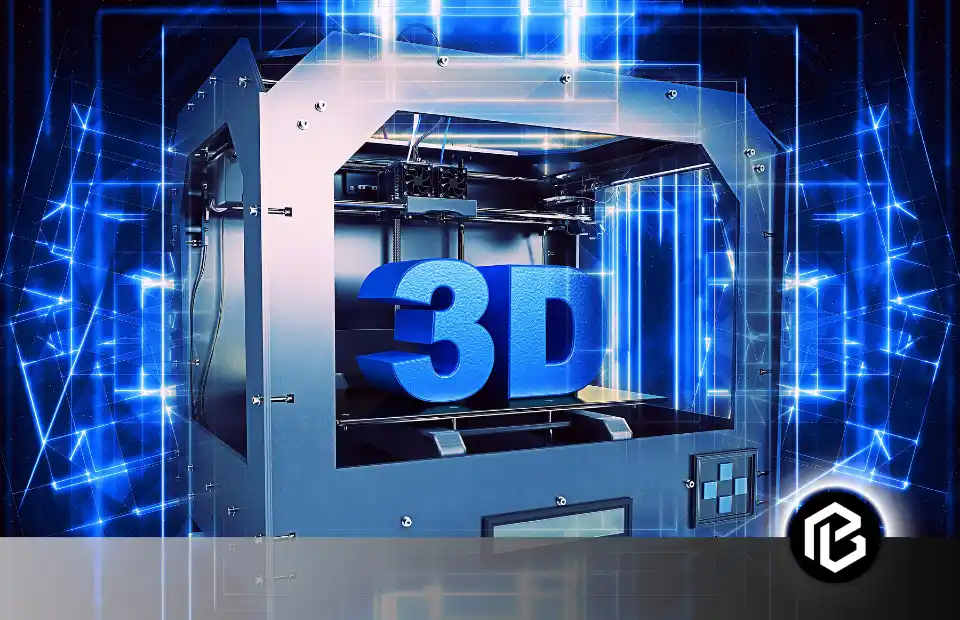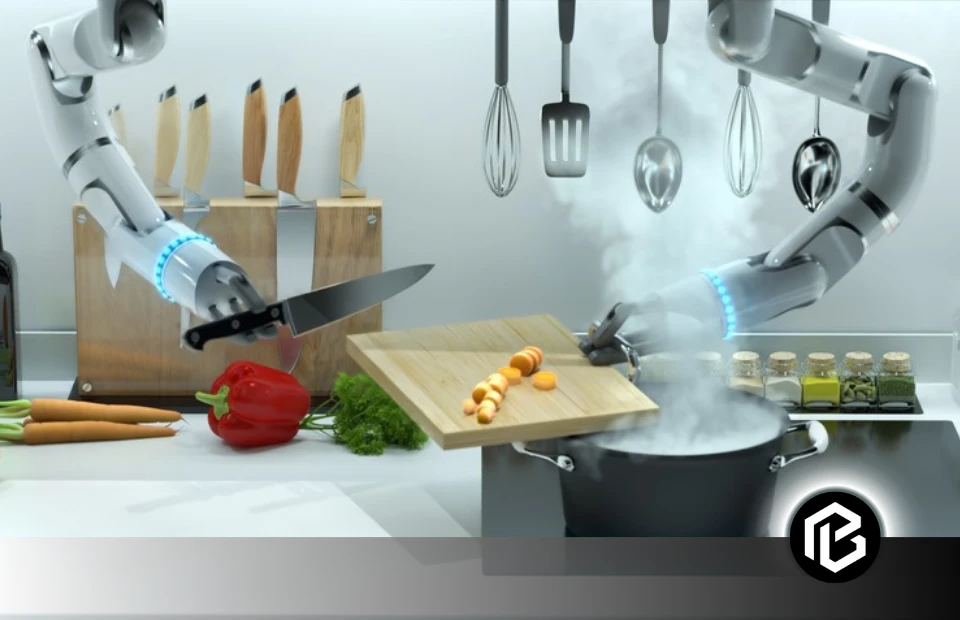Robotics can negatively impact the job market in many ways, including Job displacement, Reskilling, Income inequality, Changes in job requirements, Technology as a factor, and dependency on technology.
A rapid change is taking place in the world. Technological advancements are evolving the way we live, work, and communicate with each other. One of the most significant changes in recent times has been the rise and impact of robotics on the job Market. They are now a reality, transforming the job market in ways we never thought possible.
Let’s explore the impact of robotics on the job market. We will also discuss how workers can prepare for the future and exploit the new opportunities.
So, please sit back, relax, and join us as we explore the fascinating world of robotics and its impact on the job market.
Definition and Scope of Robotics
“Robotics is an interdisciplinary branch of engineering: mechanical engineering, electrical engineering, and computer science engineering. Since we are talking about robotics, let’s understand the meaning of robot.”
Now, the word robot comes from a Slavic word called robota. So the robota word means labour or work. The robot is just a machine that can be programmed to do a series of work or act like a human. Now, here’s the catch. Every robot is a machine, but not all can be called robots.
Parameters of Robotics
There are three parameters of robotics, which is supposed to be certified by a machine to be called a robot, which are:
- Sense
- Think
- Act
These three parameters. If a machine can sense, think, and act accordingly, then only it can be called a robot. Now, let me give you a detailed idea about all these three parameters of robotics.
Let’s start with the first one, which is sense. Sense is like how humans sense the environment using our sense organs. On the other side, robots also perceive the environment, but by using the sensors, the sensors basically gather information from the environment by using the sensor and act accordingly.
The second parameter is to think as we humans think with the help of our mind by using our brain on the other side. The robots feel by processing the information and using the artificial intelligence algorithm, microcontrollers and microprocessors.
The third parameter is the act. We humans use our body parts like legs, hands and other body parts as per the requirement, as per the need. The robot uses motors and actuators to perform the tasks and actions. Actuators are just machines which can convert the energy from one form to another. So, robots convert the electrical energy to an actual mechanical moment. So, a machine can be classified only as a robot if it can sense it can think, and can act accordingly.
Uses of Robotics
Robots are used to perform various tasks and make human life easy. They are widely used in:
- Manufacturing
- Assembly
- Packing
- Transport
- Earth Exploration
- Space Exploration
- Surgery
- Weaponry
- Laboratory Research
- Mass Production of Consumer
- Industrial Goods
Evolution and Advancements in Robotics Technology
The evolution and advancements in robotics technology are discussed as follows:
1. Early History
The roots of robotics go back thousands of years, with early examples of automatons and mechanical devices appearing in China and the Middle East. However, during the Industrial Revolution in the 18th and 19th centuries, the first modern industrial robots were developed. These early robots were mainly used in factories to perform repetitive tasks like assembling products or welding.
2. Modern Era
In the mid-20th century, researchers began to explore the possibility of creating more advanced robots that could perform a broader range of tasks. This led to the development of the first autonomous robots, which could make decisions independently without human input.
3. Advancements in Robotics
Today, robotics is a rapidly growing field with applications in many areas, including manufacturing, healthcare, space exploration, and entertainment. Robots are used in factories to assemble products, in hospitals to assist with surgery, and in homes to perform tasks such as cleaning or cooking.
They are also used in space exploration to explore other planets and moons and in the military for tasks such as bomb disposal.
Future Possibilities and the Expert’s Prediction
As technology continues to advance, the possibilities for robotics are endless. Researchers are currently exploring using robots in agriculture, construction, and transportation. Some experts even predict that robots will one day be able to perform most of the tasks now done by humans, leading to a new era of automation and productivity. In conclusion, robotics has come a long way since its early days in ancient Greece. As technology continues to evolve, it’s exciting to think about the possibilities for robotics in the future.
Robotic Applications across Industries
The robotics applications across different industries are mind blowing. These are discussed as below:
1. Manufacturing and Assembly Lines
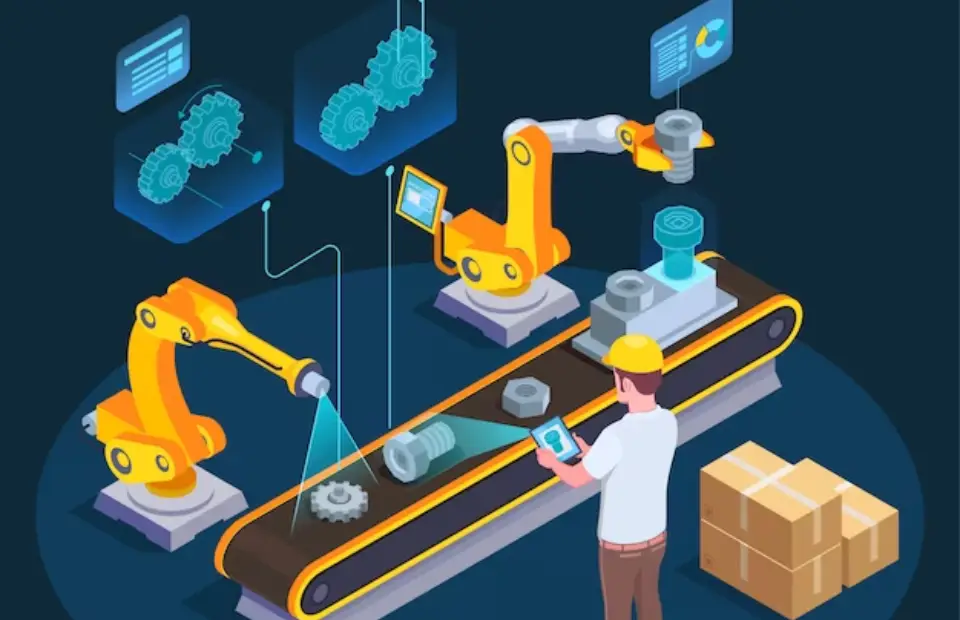
Robots are everywhere today, even though we might not see them daily. They are very good at hiding. Today, robots have a hand or claw thingy in almost all manufacturing. But early robotic development had forward-thinking inventors set out to captivate with the Unimate robot. Robotics are the most essential parts of many systems which are automated and motion control. The benefits of robotic applications are:
- Improve efficiency
- Reduce downtime
- Increase ROI
2. Healthcare and Medical Industry
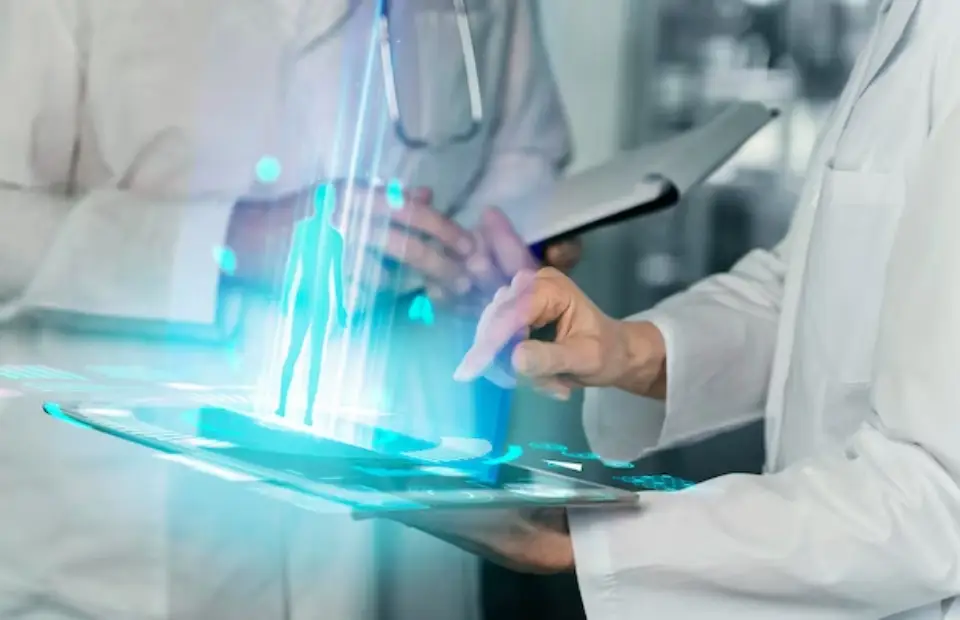
Robotics in healthcare has seen significant advancements, with robotic surgery advancements in healthcare increasing precision and telemedicine robots enabling remote consultations, offering the potential for improved patient outcomes and cost savings. However, this field faces challenges, including regulatory complexities, high implementation costs, and concerns about effective human-AI collaboration.
Striking a balance between technology and human care is crucial as robotics continues to shape the future of healthcare, demanding innovative solutions to overcome these obstacles for better patient care and the healthcare industry.
3. Agriculture and Farming
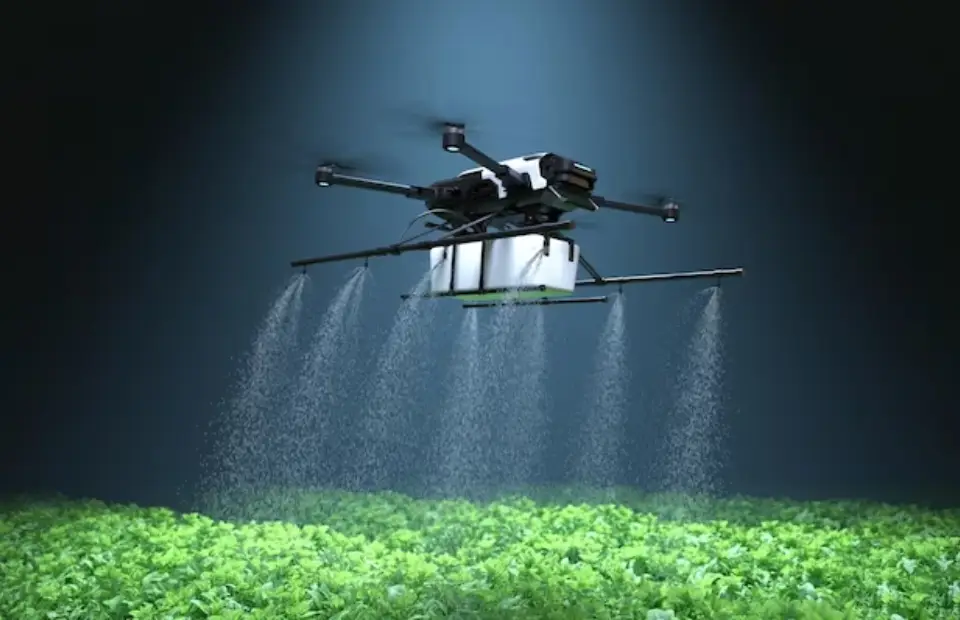
The world’s population is expected to reach nine billion by 2050. Agricultural production is expected to increase dramatically to meet future demands. As a future solution, farmers are turning to robotics to meet their needs. Industry is moving to more technology on the farm, which could include agricultural robots and many agricultural sectors agree on this solution. Here are the top 5 robots for agriculture for nursery and harvesting.
- Harvest Automation HV-100
- Sweeper
- Grow
- The Virgo Root AI
- Robotic Kiwifruit Harvester
4. Logistics and Supply Chain
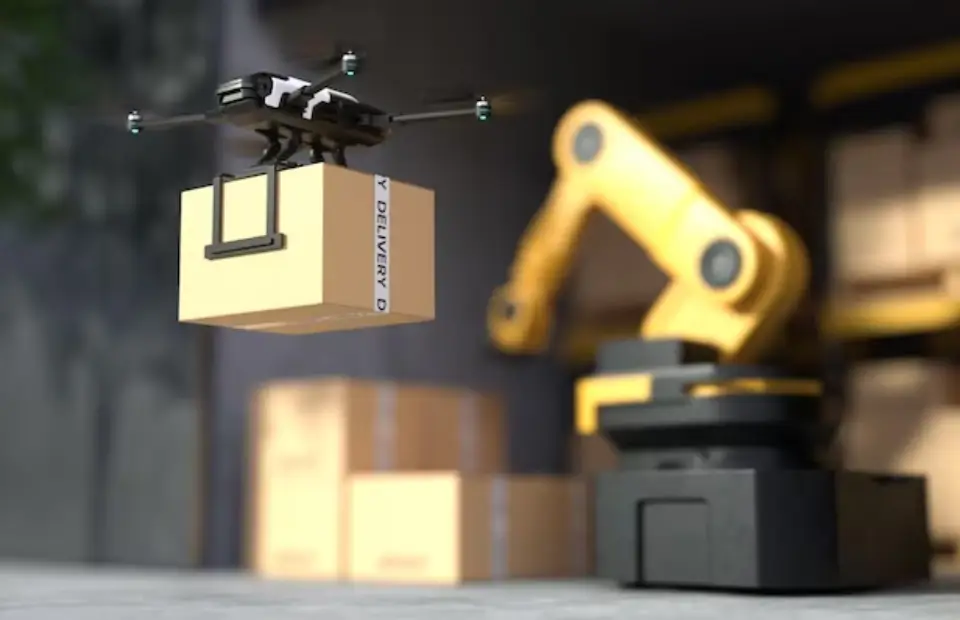
Have you ever wondered how your favourite products make it to your doorstep so quickly? Well, the answer lies in supply chain management. However, managing a supply chain is a challenging feat. With countless moving parts, one slight delay or error can cause a domino effect, leading to lost revenue and dissatisfied customers. That’s where AI comes in with the workers and forklifts replaced by autonomous robots. We can optimize logistics and minimize errors by incorporating AI into supply chain management.
The supply chain is becoming faster, more reliable, and more sustainable thanks to AI. AI Assistants are revolutionizing supply chain management, and the possibilities are endless.
5. Service Industry
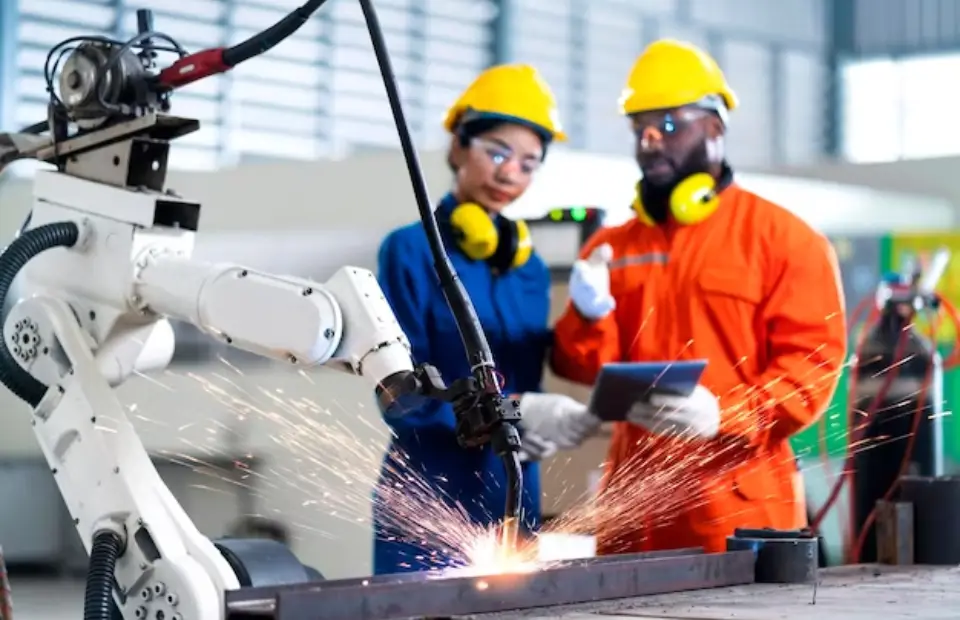
The future will be fully automated. That is, at least in the case of warehouses. Today, many robots work in industries, helping them maintain tasks more safely and efficiently. It is automation at its most effective, creating some fantastic results. Some of the best robots in the industry are:
- The Shentong Express factory robots: These robots are on the job 24 hours a day, seven days a week, sorting through 200,000 parcels daily in the world’s largest automated sorting facility.
- BionicHIVE’s SqUID robots: There is no limit to where these robots can go in a warehouse and pick up or place boxes weighing up to 32 pounds (15 kg).
- Hikrobot’s Forklift Robot: The F4-1000 can carry a load of 1 ton (907 kg). It can also communicate with other robots.
- Ocado’s Grocer Robot: High-speed Grocer Robots zoom in a 3D grid system. It can do things in minutes.
Transformations in the Job Market
Due to the rise of robotics, the job market has gone through certain transformations. Some of these are discussed below:
1. Job Losses and Gains: The New Emerging Opportunities

There are the types of jobs at risk and the opportunities emerging in the new world of work. As we mentioned earlier, many jobs are at risk of being automated due to the rise of robotics. These jobs include manufacturing, assembly line work, and other routine tasks that can be easily automated.
This means that workers who perform routine tasks are most at risk of being replaced by robots. However, the rise of robotics also presents new opportunities for workers willing to adapt and learn new skills.
For example, there is a growing demand for workers who can design, program, and maintain robots. There is also an increasing demand for workers who can operate and maintain advanced manufacturing equipment such as 3D printers and CNC machines. In addition, there are emerging opportunities in fields such as robotics engineering, artificial intelligence, and machine learning.
2. Preparing for Future Jobs in the Age of Robotics
The first step is to invest in education and training. Workers who want to remain competitive in the job market must be willing to learn new skills and technologies. This may involve taking robotics engineering, artificial intelligence, or machine learning courses. It may also include obtaining certifications or degrees in computer science, engineering, or mathematics.
In addition, workers must be willing to adapt to new work environments and job roles. With the rise of remote work and telecommuting, workers must be comfortable with technology and able to work independently. Finally, workers must proactively seek new opportunities and network with others in their field.
By staying informed about industry trends and building a solid professional network, workers can position themselves for success in the new world of work.
3. Changing Nature of Skillsets and Job Roles

One of the most significant impacts of robotics on the job market is the change in work. Robots are increasingly used to perform repetitive and dangerous tasks that humans previously did. This means that many jobs once considered essential are now at risk of being automated. However, not just jobs which include manual labour are at risk. Many white-collar jobs, such as data entry and customer service, are also being automated. Robots can perform these tasks faster, more accurately, and at a lower cost than humans.
As a result, the job market is becoming increasingly polarized, with a growing demand for highly skilled workers who can design, program, and maintain robots and a shrinking demand for low-skilled workers who perform routine tasks.
Conclusion
Thank you for joining us on this journey through the fascinating world of robotics and its impact on the job market. We hope this article has provided valuable insights and information that will help you navigate the changing world of work. Remember, the future belongs to those willing to adapt and learn new skills. So, embrace the future and take advantage of the exciting opportunities emerging in the robotics world.
Frequently Asked Questions on the Impact of robotics on the job market
What is the impact of robotics on blue-collar jobs?
By automating routine tasks, robotics is changing the nature of blue-collar occupations and creating a demand for individuals with high technical abilities.
Will robots replace entirely human workers?
While many tasks have been replaced by robots, rather than replacing human workers, this trend is more about augmentation. Cooperation between humans and robots is quickly replacing previous practices.
Are there new job opportunities emerging as a result of robotics?
As robotics advances, new positions in robot maintenance levels, programming, and oversight are being created, providing new opportunities for talented people.
What are the social and ethical implications of increased robotic presence in industries?
As robots become more prevalent, concerns about job displacement, privacy, and the requirement for ethical standards for controlling their use in businesses are raised.


